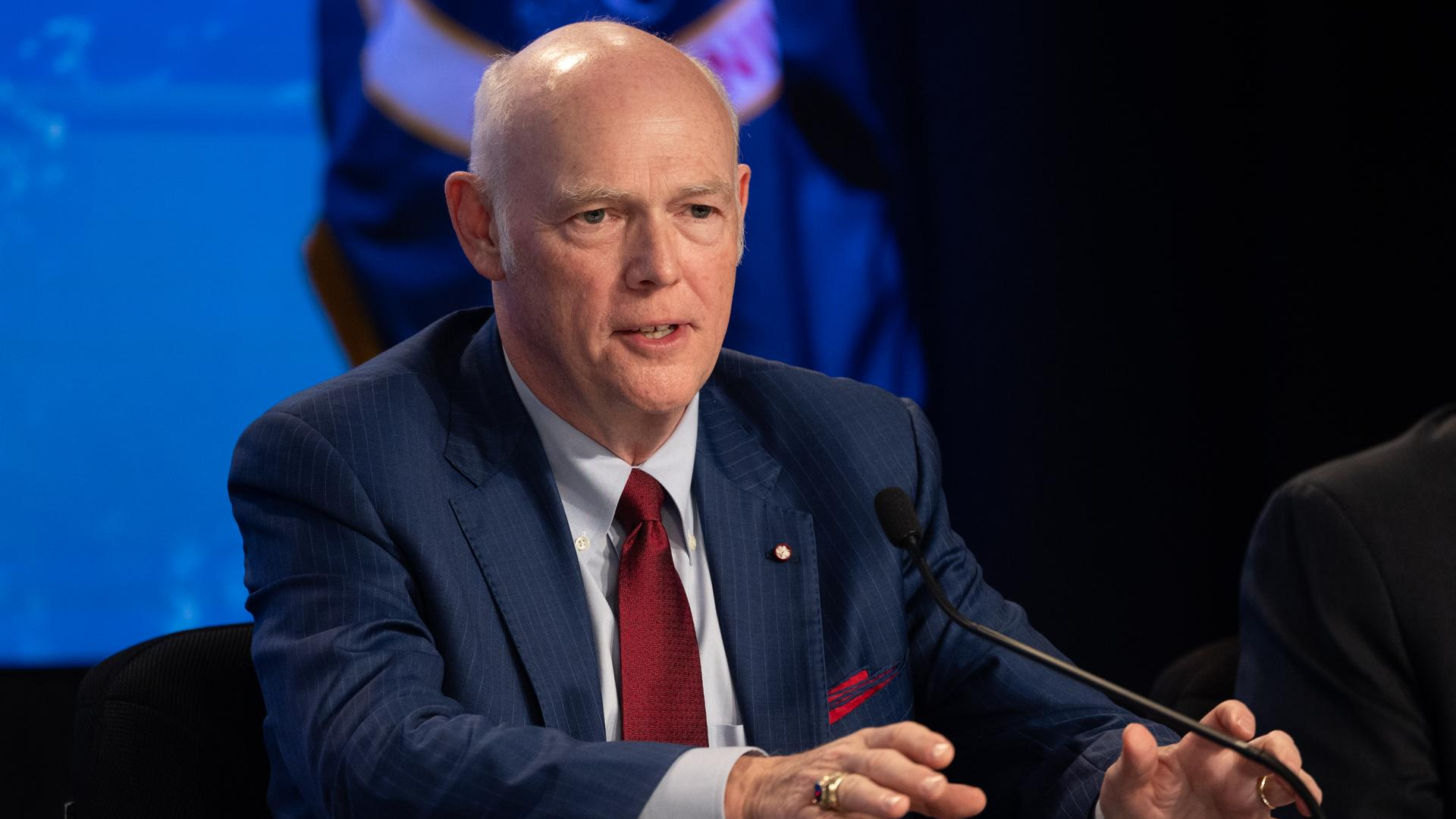India's new rocket flies 1st successful mission, delivering 3 satellites to orbit

A new Indian rocket successfully delivered three satellites to orbit on Thursday night (Feb. 9), bouncing back from its failed debut flight in August 2022.
The Small Satellite Launch Vehicle (SSLV) lifted off from India's Satish Dhawan Space Centre Thursday at 10:48 p.m. EST (0348 GMT and 9:18 a.m. local time on Feb. 10), carrying the Indian Space Research Organisation's (ISRO) EOS-07 Earth-observation satellite and two ride-along cubesats skyward.
By 15.5 minutes later, the 112-foot-tall (34 meters) rocket had deployed all three spacecraft into their designated 280-mile-high (450 kilometers) circular orbits, and mission team members were exchanging smiles and handshakes in the control room.
"With the successful launch of the SSLV-D2/EOS-07 mission, ISRO now has a new credible member in its launch vehicle family," a commentator said on the agency's livestream just after the satellites deployed. "Congratulations to team ISRO!"
Related: ISRO: The Indian Space Research Organisation

It was a big moment for ISRO and the SSLV, which is capable of carrying up to 1,100 pounds (500 kilograms) of payload to low Earth orbit. The rocket failed on its only other flight, which lifted off from Satish Dhawan on Aug. 6, 2022.
The SSLV ran into trouble that day during the separation of its second stage, an action that created a brief but intense "vibration disturbance." The shaking briefly saturated all six accelerometers in the SSLV's navigation system, which pushed the rocket into "salvage mode," ISRO officials explained in an update last week. (The SSLV consists of three stages topped by a kick stage that ISRO calls the Velocity Trimming Module.)
Breaking space news, the latest updates on rocket launches, skywatching events and more!
The shift into salvage mode, in turn, ultimately caused the rocket to deploy its two satellites — ISRO's EOS-02 Earth-observation craft and the student-built AzaadiSAT cubesat — into the wrong orbit. Both spacecraft were soon dragged back down into Earth's atmosphere and lost.
SSLV-D2/EOS-07 Mission is accomplished successfully. SSLV-D2 placed EOS-07, Janus-1, and AzaadiSAT-2 into their intended orbits.February 10, 2023
ISRO officials said in last week's update that they had implemented a number of measures to ensure something similar wouldn't happen on future SSLV flights. For example, the second-stage separation system was swapped out for a different one that's known to produce less-intense vibrations.
Those fixes did the trick on Thursday's flight, and the three satellites can now start gearing up for orbital operations.
The 344-pound (156 kg) EOS-07 is an experimental satellite whose mission objectives center on developing and demonstrating new instruments on a short schedule, according an ISRO mission description. Those instruments include the Millimeter-wave Humidity Sounder and the Spectrum Monitoring Payload. EOS-07 is designed to peer at Earth with that gear for at least one year.
The other two satellites that rode to orbit aboard the SSLV are the 22.5-pound (10.2 kg) Janus-1 and the 19.7-pound (8.7 kg) AzaadiSAT-2.
Janus-1, which was built by the Indian-American company Antaris, is a technology-demonstrating "smart satellite," according to the ISRO mission description. Like its predecessor, AzaadiSAT-2 was built by hundreds of female students from across India. AzaadiSAT-2 "aims to demonstrate LoRa and amateur radio communication capabilities, measure radiation levels in space and demonstrate expandable satellite structure, etc," ISRO officials wrote.
Mike Wall is the author of "Out There" (Grand Central Publishing, 2018; illustrated by Karl Tate), a book about the search for alien life. Follow him on Twitter @michaeldwall. Follow us on Twitter @Spacedotcom or on Facebook.

Michael Wall is a Senior Space Writer with Space.com and joined the team in 2010. He primarily covers exoplanets, spaceflight and military space, but has been known to dabble in the space art beat. His book about the search for alien life, "Out There," was published on Nov. 13, 2018. Before becoming a science writer, Michael worked as a herpetologist and wildlife biologist. He has a Ph.D. in evolutionary biology from the University of Sydney, Australia, a bachelor's degree from the University of Arizona, and a graduate certificate in science writing from the University of California, Santa Cruz. To find out what his latest project is, you can follow Michael on Twitter.
